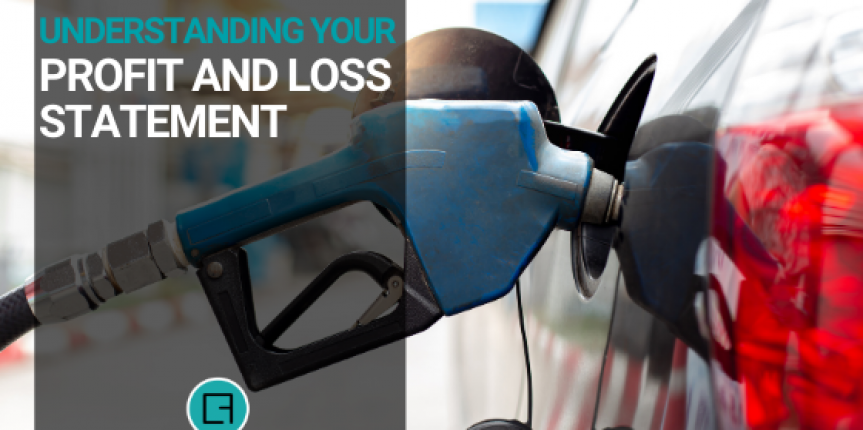
Like an engine that needs petrol to run, a business needs income to keep it operating, which underscores the importance of understanding when and how you are making money.
Knowing how much your company is making and the cost of running it is vital to keeping your business afloat.
The Profit and Loss Statement (P&L) is one tool that you can use to review how your business is performing.
Also known as an income statement, this report summarizes your company’s revenue, cost and expenses over a specific period. A P&L is one of the three primary financial statements every business must complete — the other two are the Balance Sheet and Cash Flow Statement.
And while most business owners would be familiar with the P&L, understanding what it tells you will help you gain better control of your business.
What is in a Profit and Loss Statement?
The P&L has five main components:
1. Revenue – Also known as the ‘top line’, this section details all the income from your core business activities, such as selling products/services and any revenue from secondary activities like bank interest and other financial gains.
2. Cost of Goods Sold (COGS) – This details all the expenses related to creating your product/service (e.g. cost of direct labour, raw materials).
3. Gross Profit – This shows you the efficiency of your overall production and will help you set prices and determine sales targets.
The formula to calculate: Gross Profit = Revenue – COGS
4. Expenses – This lists down all the costs of doing business (e.g. cost of goods sold, operating expenses, interest expenses, etc.).
5. Net Income – This section is also called the “bottom line”, which shows the total amount you earned or lost after paying all the expenses
To calculate: Net Income = Gross Profit – Expenses
How can you use the data in the Profit & Loss Statement?
By regularly reviewing your P&L, you can gain information to help you make vital decisions and adjustments in your business.
Some ways you can use your P&L are:
Take close monitoring of your sales by comparing your P&Ls each month. And when you breakdown your sales figures into individual products, it will reveal which items are performing well and which ones are not.
Determine the trend in your revenue, and whether it’s increasing or decreasing so you can adjust accordingly for your business to remain profitable.
Monitor costs and reduce them wherever possible. For example, when you see an increasing figure in your raw material expenses, it might indicate finding another supplier with a lower rate.
Use the information in the P&L when you’re updating your business plan.
When you want to seek investors or apply for a loan to expand your business, a P&L is needed so lenders and investors can determine your business’s profitability.
Although a P&L in itself is not complicated, you want to make sure that you use the correct information to have reliable data on hand. To do this, you need a sound system in place, like accounting software, where you can record all your business income and expenses.
Also, a VCFO can help you interpret the trends in your results to make decisions based on data.
If you want to understand better your numbers and how you can use the P&L and other financial statements to keep your business running, get in touch with us.





